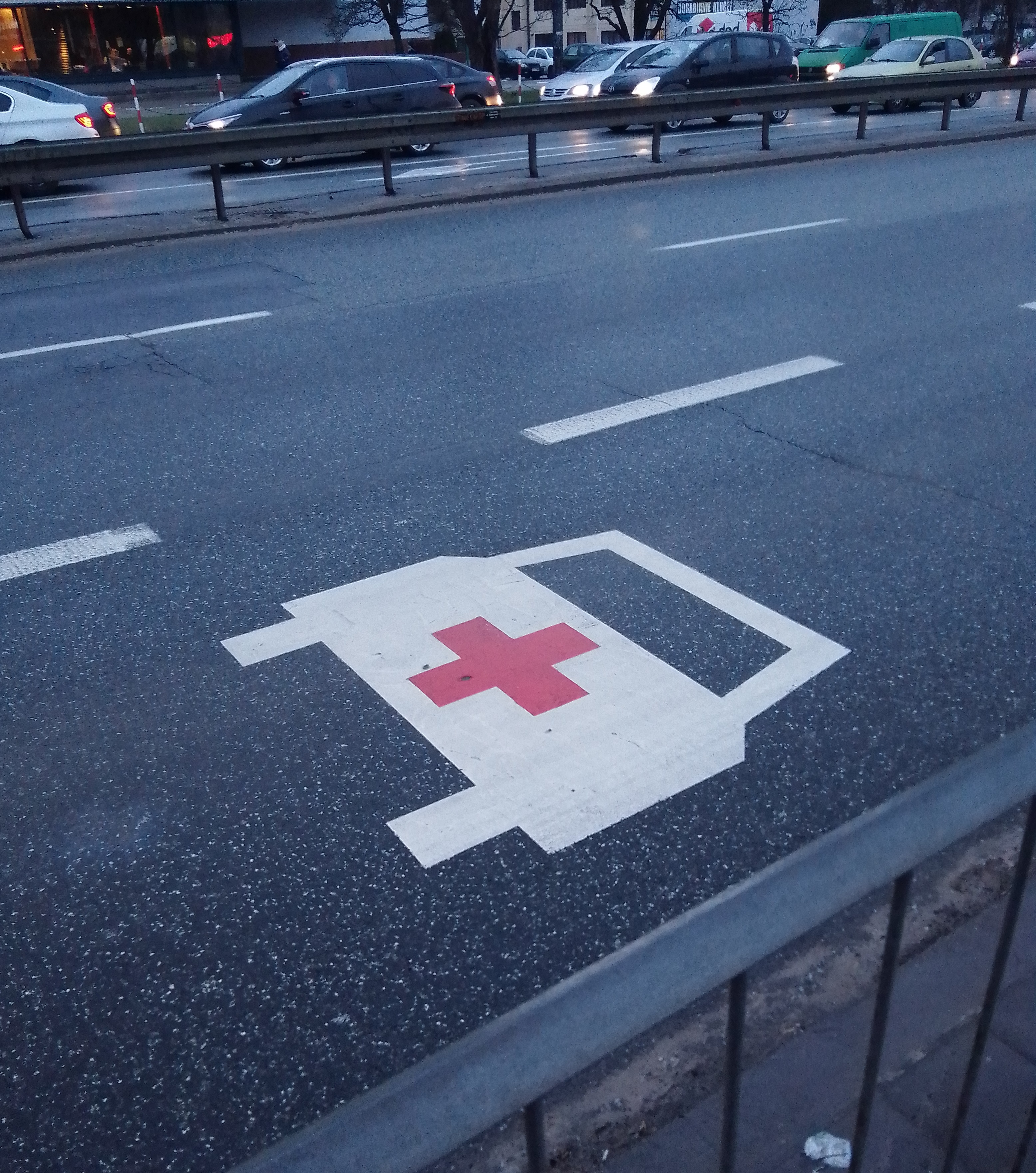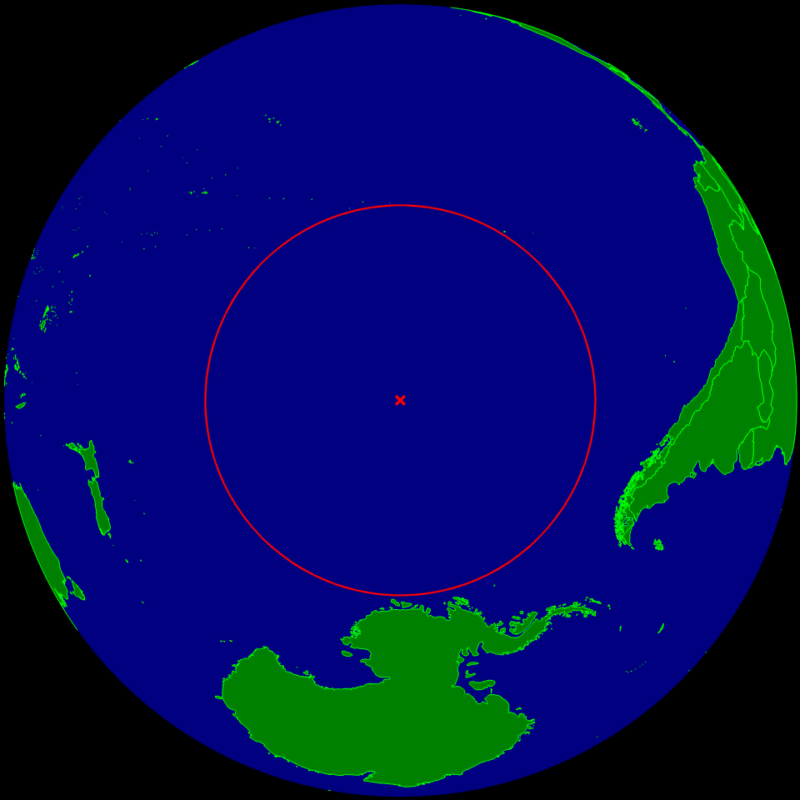The names of the 50 states in the United States of America come from different origins. As you can see below, some come from the explorers, discoverers and the conquerors and those who ruled over an area. Likewise, British kings, queens and noblemen had their names used for areas that are now states. These are largely the sources for much of the east coast that was first explored. As expansion moved west, Anglicized versions of Indian words and the names used by the native people of an area became a common source of state names.
CALIFORNIA is an invented name for an imaginary island, but the explorer Cortes is said to have transferred the name to the area we know as the state.
COLORADO comes from Spanish, meaning reddish, and was applied by Spanish explorers to the area surrounding what is now the Colorado River for its reddish color.
CONNECTICUT is an Algonquian word meaning "long river." The second "c" has never really been used in pronunciation.
DELAWARE is named for Thomas West, Lord de la Warr, an English politician, for whom the bay, the river, later, a Native American people and the U.S. state all got their names.
FLORIDA is from Spanish, meaning the land of flowers.
All of these state names have more complicated origins. For example, the first European contact with
Florida was made in 1513 by Spanish explorer Juan Ponce de León.He named it La Florida but his landing was during the Easter season of Pascua Florida. Pascua Florida is a Spanish term that means flowery festival or feast of flowers and it is connected to the Easter season and the Passion of the Christ.
Pascua can, depending on context, refer to Easter, Christmas, Epiphany, Pentecost, or the week after holy week. Pascua Florida Day is usually celebrated on April 2, the day on which Ponce de León first spotted Florida.
GEORGIA was named to honor King George II.
HAWAII is the name of the state's largest island, Hawaiʻi. One Hawaiian explanation of the name Hawaiʻi is that it comes from Hawaiʻiloa, a legendary figure from Hawaiian myth who was said to have discovered the islands when they were first settled, and it is sometimes translated as "place of the gods."
IDAHO is often said to be an Indian word, but its origin is more complicated. When the United States Congress was considering designating a new territory in the Rocky Mountains, a lobbyist George M. Willing suggested the name "Idaho", which he claimed was derived from the Shoshone "ee-da-how" meaning "the sun comes from the mountains" or "gem of the mountains." Willing later claimed that he had simply invented the name. Congress in 1861 decided to name the area "Colorado Territory" but the Idaho name lingered. A community in Colorado was named "Idaho Springs" and in 1861 an Idaho County was created in eastern Washington Territory after a steamship named Idaho, which was launched on the Columbia River in 1860. A portion of Washington Territory, including Idaho County, was used to create Idaho Territory in 1863.
Besides the Shoshone term, there is some evidence that it may be derived from the Plains Apache word "ídaahę́", which means "enemy" and that the Comanches used this word to refer to the area that became the Idaho Territory.
ILLINOIS - Though some sources say this is an Algonquian word meaning "men and warriors," the most recent explanation is that "Illinois" is the modern spelling for the early French Catholic missionaries and explorers' name for the Illinois Native Americans, though the name was spelled in many different ways in the early records.
INDIANA was meant as a way of designating the "Land of the Indians" when Congress passed legislation to divide the Northwest Territory into two areas. The western section was the Indiana Territory.
IOWA derives its name from
the Ioway people, one of the Native American tribes that occupied the state at the time of European exploration
KANSAS is another state named for the natives who inhabited the area originally. In this case, it was the Kansa tribe. The tribe's name (natively
kką:ze) is said to mean "people of the wind" or "people of the south wind", although this was probably not the term's original meaning.
KENTUCKY is probably based on an Iroquoian name meaning "(on) the meadow" or "(on) the prairie" (cf. Mohawk
kenhtà:ke, Seneca
gëdá’geh. Prior to 1776 when the counties of Virginia beyond the Appalachian Mountains became known as Kentucky County, the Kentucky River already carried the name.
LOUISIANA was named after Louis XIV, King of France from 1643 to 1715. When René-Robert Cavelier, Sieur de La Salle claimed the territory drained by the Mississippi River for France, he named it La Louisiane. The suffix -ana or -ane is a Latin suffix that can refer to "information relating to a particular individual, subject, or place." Thus, roughly, Louis + ana carries the idea of "related to Louis." The Louisiana Territory was very large and once part of the French Colonial Empire and stretched from present-day Mobile Bay all the way to just north of the present-day Canada–United States border including a small part of what is now southwestern Canada. French: État de Louisiane and Louisiana Creole: Léta de la Lwizyàn.
MAINE or French État du Maine - The etymology is not definitively explained but the most common origin story is that it was the name given by early explorers after a province in France. The word refer to "mainland." By 1665, when the English King's Commissioners ordered that the "Province of Maine" be entered in official records. The state legislature in 2001 adopted a resolution establishing Franco-American Day, which stated that the state was named after the former French province of Maine.
MARYLAND which is nicknamed Old Line State, the Free State, and the Chesapeake Bay State is named after Henrietta Maria of France, the wife of Charles I of England.
MASSACHUSETTS prior to being a state was the Massachusetts Bay Colony. The name came from the indigenous people of that area, the Massachusett. The name can be segmented as mass/large, adchu/hill, s (diminutive suffix meaning "small") and -et a locative suffix that identifies it as a place. It has been variously translated as "near the great hill","by the blue hills", "at the little big hill", or "at the range of hills." The Great Blue Hill is located on the boundary of Milton and Canton. An alternative origin is from the spelling Moswetuset, from the name of the Moswetuset Hummock (meaning "hill shaped like an arrowhead") in Quincy where Plymouth Colony commander Miles Standish and Squanto, part of the now disappeared Patuxet band of the Wampanoag peoples, met Chief Chickatawbut in 1621.
The official name of the state is the "Commonwealth of Massachusetts" and it is sometimes referred to as "the Commonwealth" an, although this designation is part of the state's official name, Massachusetts has the same position and powers within the United States as all the other states.
MICHIGAN has a complicated history of French and Indian occupation. The closest translation for the state seems to be an Algonquian word translating to "big lake" or "forest clearing." The French had Fort Michilimackinac at the Straits of Mackinac to better control their lucrative fur-trading empire. Michigan is the only state to consist of two peninsulas. The Lower Peninsula, to which the name Michigan was originally applied, is separated from the Upper Peninsula by the Straits of Mackinac, a channel that joins Lake Huron to Lake Michigan. The two peninsulas are connected by the Mackinac Bridge.
MINNESOTA comes from the Dakota Sioux name for the Minnesota River. It comes from either 'Mnisota' which means "clear blue water", or 'Mnißota', which means cloudy water. Supposedly, the Native Americans demonstrated the name to early settlers by dropping milk into water and calling it mnisota. Many places in the state have similar names, such as Minnehaha Falls ("laughing water" (waterfall)), Minneiska ("white water"), Minneota ("much water"), Minnetonka ("big water"), Minnetrista ("crooked water"), and Minneapolis, a combination of mni and polis, the Greek word for "city."
MISSISSIPPI The name of the state is derived from the Mississippi River, which flows along its western boundary. Settlers named it after the Ojibwe word misi-ziibi meaning "Great River."
MISSOURI is another state named for a river. The Missouri River was named after the indigenous Missouri Indians, a Siouan-language tribe. They were called the
Ouemessourita meaning "those who have dugout canoes", by the Miami-Illinois language speakers. As the Illini were the first natives encountered by Europeans in the region, the latter adopted the Illini name for the Missouri people.
MONTANA comes from the Spanish word Montaña and the Latin word Montana, meaning "mountain", or more broadly, "mountainous country." Montaña del Norte was the name given by early Spanish explorers to the entire mountainous region of the west
NEBRASKA is derived from transliteration of the archaic Otoe Sioux words
Ñí Brásge meaning "flat water" after the Platte River that flows through the state.
NEVADA is directly taken from the Spanish
nevada meaning "snow-covered" because of the Sierra Nevada ("snow-covered mountain range").














